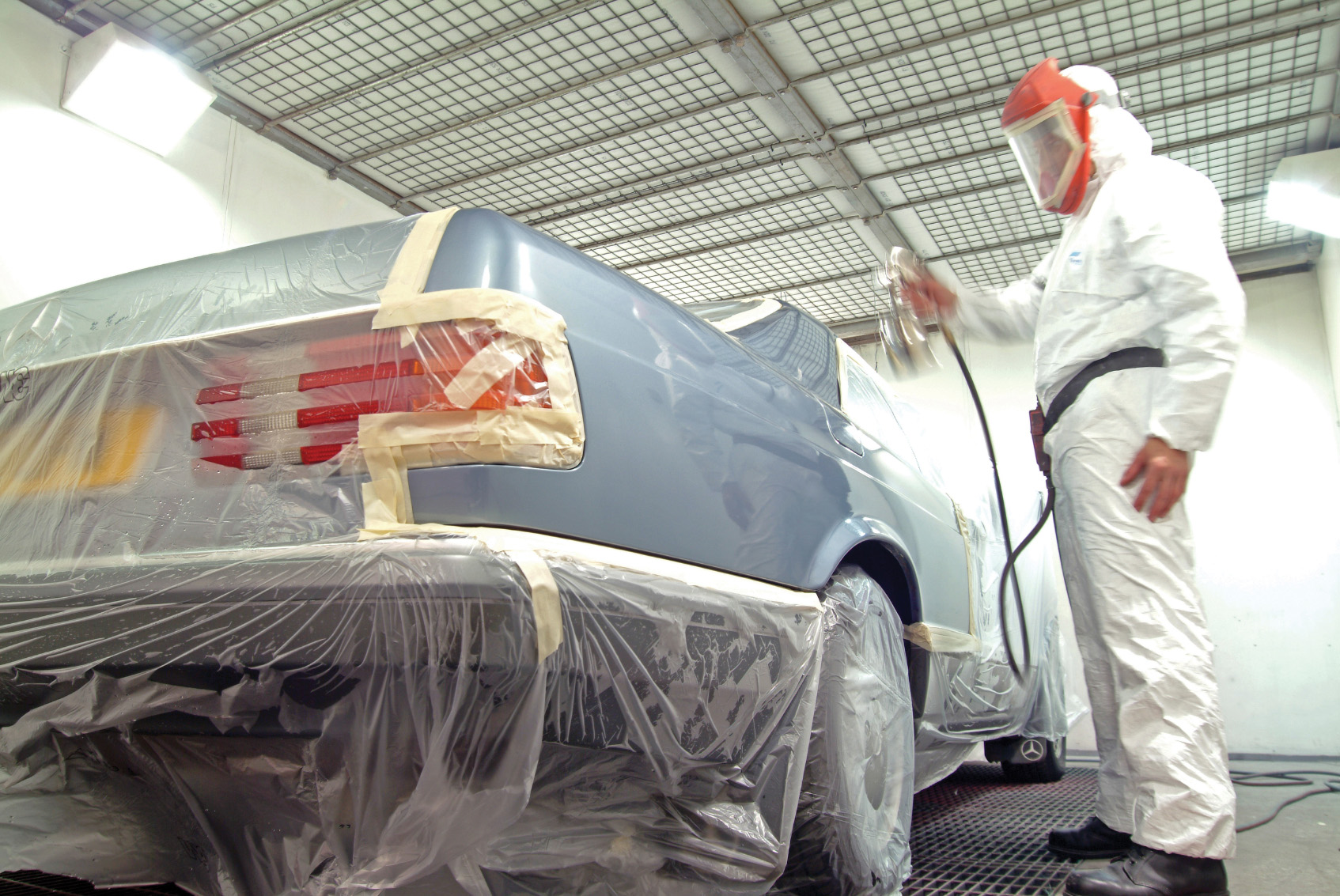The concept of car window tints was firstly introduced in the 1960s. Since then, doing this to windows has become wildly popular. There are a wide range of colors and shades that can be chosen for one’s vehicle.
When you are ready to tint your windows on your vehicle, there are several things you must consider. How long will it take to install the tint? Is this tint fully supported by the manufacturer’s warranty? Is the shop approved by a group like the International Window Film Association? What are my state’s laws concerning window tinting? How long does the shop guarantee this window tinting to last and how durable is it? What kind of heat reduction and UV ray protection can I expect from the tint I chose? Will the tint I chose affect my radio, GPS, or cell phone? These questions will help you prepared for your car tinting, find the proper automotive film for your car and save you money and time.
The tinting which is done during the manufacturing process can also be an aftermarket option. When it is factory made, it is almost always in compliance with federal and state window tinting laws and regulations. It is when these aftermarket modifications are made (often by a private ‘customizing’ company or by the vehicle’s owner him/herself) that window tint laws are most often violated.
Be sure to do your research and find the best car window tint and the most competitive car window tinting prices for you and the best body shop to do the job.
Here in this short article, to facilitate your choice of the best type of window film for your car, I’ll give you some information about the four main types of car window tint films. They all have one basic ingredient in common: polyester film, the thicker the polyester, the darker the tint of the window.
1. Dyed film. Dyed film is probably the most common among the car window tint film types. It has a layer of heat-absorbing visibility-reducing dye. The heat that gets through evaporates before entering the vehicle.
2. Metalized film. This film use a very thin layer of metal to both reflect light away while absorbing both heat and radiation. It has a good performance yet may interfere with your radio, GPS or cell phone depending on what kind of metal was used. On the other hand, it tends to be shinier on the exterior which some drivers may find annoying.
3. Hybrid film. Hybrid film combines the features of both the dyed and metalized films. So, it can absorb heat and reflect the light away at the same time. Thus, it absorbs much less heat than the traditional, dyed films and can be a lot lighter.
4. Ceramic film. Ceramic films are somewhat of a breakthrough innovation in the industry. They do not contain dyes and won’t discolor over time.
The best car tint for cars may depend in part on the drivers and their preferences, and in part on what the rules and regulations regarding the coloring might be in the local area. The process of choosing does not have to be a ridiculously difficult task. It just needs someone willing to put in some time and energy to research options.

What to consider when you Get Tint for Your Cars?
by
Tags:
